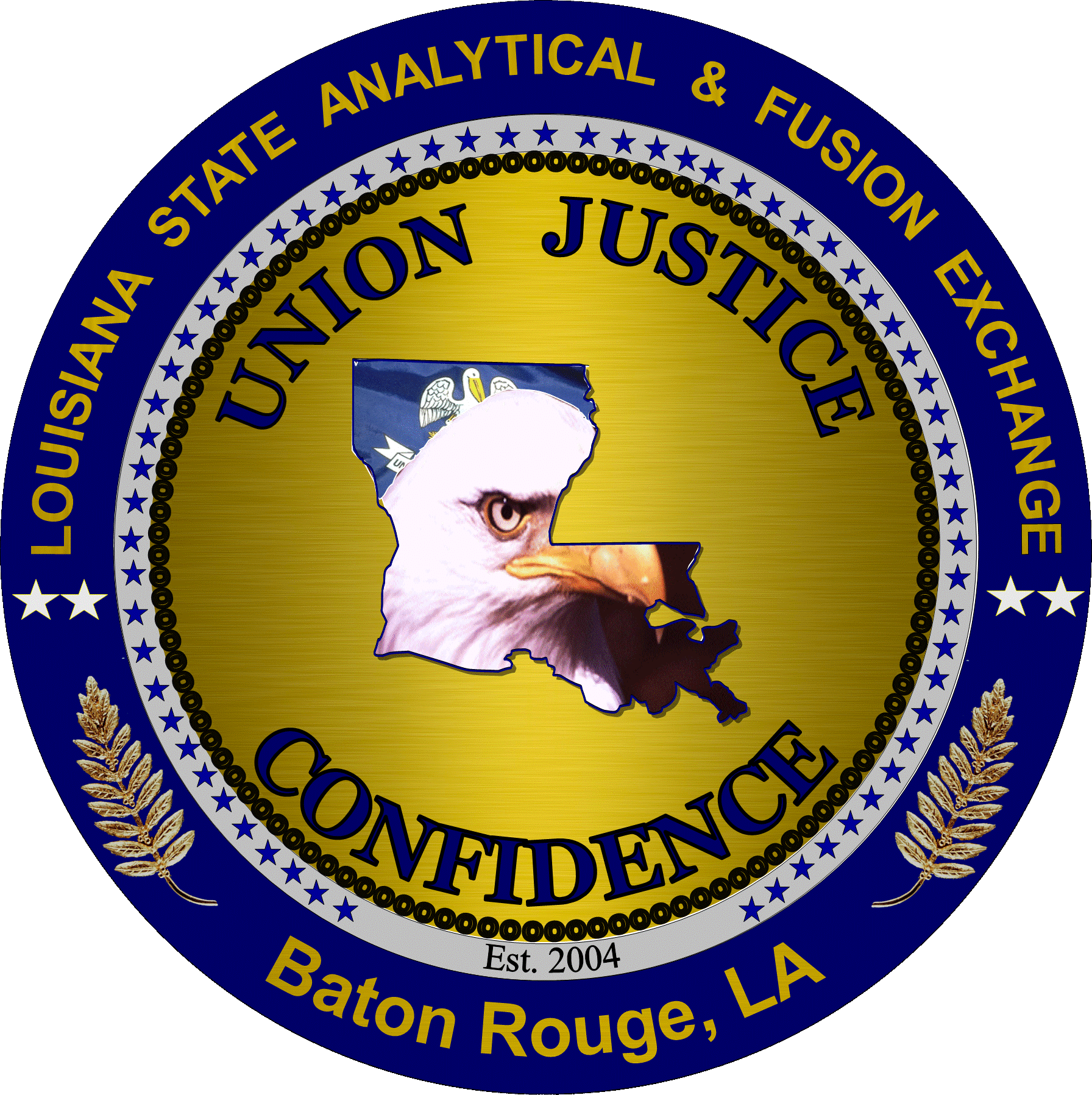History of Fusion Centers
A fusion center epitomizes a collaborative endeavor involving multiple agencies pooling their resources, expertise, and information to enhance their collective capacity to identify, prevent, apprehend, and respond to criminal and terrorist activities.
Established under the Homeland Security Act of 2002, the Department of Homeland Security assumed the pivotal role of orchestrating a national strategy to fortify the United States against terrorism and mitigate future threats.
Insights gleaned from various commissions, notably the 9/11 Commission, underscored significant gaps in information sharing among diverse law enforcement entities at all administrative tiers, ranging from the FBI and CIA to state and local police departments like the New York State Police and New York Police Department. This fragmentation resulted in disparate agencies amassing distinct sets of raw data (commonly referred to as the "silo effect"), despite suspects potentially having interactions with multiple law enforcement branches. Consequently, there was a critical deficiency in cohesive information aggregation and analysis.
In response to these findings, Congress passed the Intelligence Reform and Terrorism Prevention Act in 2004, mandating agencies to streamline information-sharing practices. This legislation specifically directed establishing a singular "fusion center" in each state, serving as a centralized hub for information exchange.
Presently, 80 fusion centers across the United States are officially recognized by the Department of Homeland Security, ensuring nationwide coverage with at least one center operating in every state.
The concept of fusion centers traces back to intelligence initiatives in the 1980s, such as those spearheaded by the High-Intensity Drug Trafficking Areas (HIDTA) and the development of regional gun crime centers by the Bureau of Alcohol, Tobacco, Firearms, and Explosives (ATF) in the late 1990s, sometimes co-located for enhanced efficiency. Drawing from these precedents, the Department of Homeland Security adopted and adapted the fusion center model to cultivate a robust two-way counterterrorism information-sharing conduit with state and local law enforcement agencies.
While initially designed to primarily address terrorism-related threats, fusion centers soon realized their applicability extended to a broader spectrum of homeland and domestic security challenges. This realization stemmed from the understanding that most terrorist activities exhibit linkages to other criminal endeavors, and the fusion process was uniquely suited to tackle multifaceted, cross-jurisdictional crimes effectively.
Embracing an all-crimes, all-hazards approach, many fusion centers expanded their mission scope to encompass all threats to public safety, not just terrorism but criminal enterprises, natural disasters, epidemics, hazardous material incidents, and more. This broadened mandate necessitated forging partnerships with law enforcement, non-law enforcement entities, and the private sector.
The fusion process delineates the standards essential for executing various stages of the intelligence process. While not a direct replica, these capabilities align with the foundational principles of intelligence gathering, analysis, and dissemination, ensuring an effective fusion center operation.
LA-SAFE'S HISTORY
Established in 2004, the Louisiana State Analytical & Fusion Exchange (LA-SAFE) emerged as a pivotal hub for addressing an all-hazards/all-crimes environment. Its designation as Louisiana's primary fusion center in July 2008, under Governor Jindal's leadership, was a significant milestone. The shift to 24/7 operations in 2020 spurred LA-SAFE's expansion, effectively doubling its capacity.
Today, LA-SAFE is known for its efficiency and dedication to handling multifaceted challenges. Its respected position in the fusion center community is highlighted by its membership in the National Network of Fusion Centers and the Southern Shield consortium, which covers southeastern states.
The awards received by LA-SAFE, such as the Fusion Center of the Year and Director of the Year awards from the National Network of Fusion Centers in 2016 and the Southern Shield Outreach Award in 2022, speak volumes about its outstanding performance. Moreover, its recognition in cyber, showcases its expertise in handling modern security challenges. In addition to these collective accomplishments, LA-SAFE's analysts have received recognition through notable nominations and awards, including the Analyst of the Year award in 2020.
ADDITIONAL RESOURCES
Louisiana State Analytical & Fusion Exchange
Copyright - Department of Public Safety & Corrections, Public Safety Services



